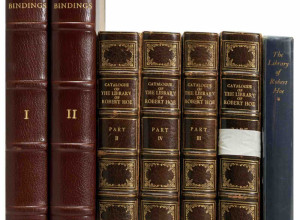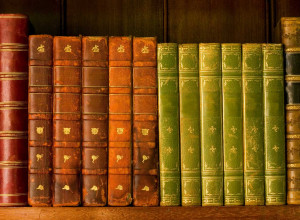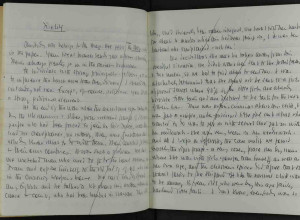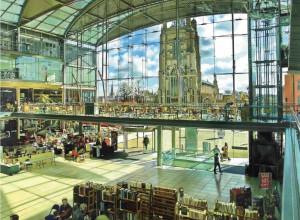New Exhibition Looks at Scotland’s Literary Contribution to the Renaissance
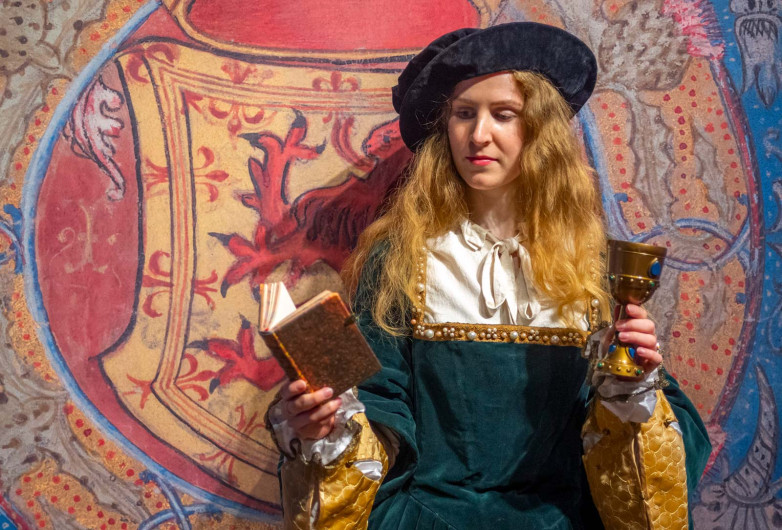
Digitisation officer Manda Tamosauskaite helps to launch Renaissance: Scotland and Europe 1480–1630 which opens on June 21 and runs until April next year at George IV Bridge, Edinburgh.
Scotland is rarely considered among the big players in the Northern Renaissance, something curators at the National Library of Scotland are seeking to remedy with a new exhibition opening tomorrow (June 21) in Edinburgh.
Visitors to Renaissance: Scotland and Europe 1480–1630 can view books, manuscripts, maps and beautifully crafted objects from this cultural, intellectual and artistic movement, all within a sumptuous setting reminiscent of the time.
“Scotland emerged from the Middle Ages alongside its Continental cousins in a flurry of science and innovation, poetry, craft, music and philosophy," said National Librarian of Scotland Amina Shah. "This activity, combined with international connections, breathed new life into towns and cities across the country. We welcome everybody to visit the Library and get up close to some of the literary treasures and artefacts from this time.”
Curated by Dr Anette Hagan and Dr Ulrike Hogg, the exhibition explores life at court, Scotland’s literary, religious and scholarly connections with Europe, and showcases some of the people of the time.
Dr Hagan said the exhibition highlights the “works of Scottish men and women both famous and nearly forgotten, in Scots, Gaelic, Latin and other European languages. Visitors will encounter poems by King James VI and Mary, Queen of Scots, books written by refugees to and from Scotland, artefacts produced by a court jeweller, travel accounts from beyond Europe, a famous choir book and much more.
“Esther Inglis, whose 400th anniversary takes place in 2024, is a particular focus. A true Renaissance woman, she was the daughter of Huguenot refugees who employed her exquisite craftsmanship in calligraphy and embroidery, and her connection to the court of James VI to ensure she and her family prospered. Inglis wasn’t alone in pursuing artistic brilliance. From the late 15th century to the early 17th century, Scottish scholars, writers, musicians and craftspeople travelled extensively throughout northern Europe to work, study and teach. When they returned, they brought with them thought-provoking ideas and achievements, soon to be interrogated, built upon, and exported once again to places such as France, the Low Countries, Scandinavia, and the Holy Roman Empire.
“Cultural exchange went both ways. Scotland also welcomed Europeans intent on expanding their network and collaborating with people living here. It was an exciting time to be a scholar or artist with an international outlook – of that we have no doubt.”
Renaissance: Scotland and Europe 1480–1630 runs through April 2025 at George IV Bridge, Edinburgh.








